

Left image
Right image
Awe-inspiring giant sequoia trees are among the largest living things on earth, but the opportunity to experience them is rare. Approximately 75 groves exist, and only along the southern Sierra's western slope on moist sites between about 5,000 and 7,000 feet in elevation. Giant Forest, one of the largest groves, was saved from logging by the establishment of Sequoia National Park in 1890. However, national park status did not fully protect the big trees. The road that brought visitors to Giant Forest also brought camping, cabins, commercial development, and congestion. The impacts of this development, both to the giant sequoia ecosystem and to the quality of visitor experience, conflicted with the National Park Service mandate to conserve park resources and values and leave them unimpaired for the enjoyment of present and future generations. An early park superintendent, Colonel John Roberts White, recognized these problems over 70 years ago and vigorously toiled to protect natural values. While largely unsuccessful in clearing structures from Giant Forest, he did prevent additional development and set the stage for the eventual restoration of Giant Forest.
A key goal of the Giant Forest restoration was to provide visitors with opportunities to experience giant sequoias on foot rather than from vehicles. A crucial component of this goal is the shuttle, enabling visitors to park their vehicles once during the day and experience Giant Forest's key features by foot, avoiding the prolonged parking congestion that was prevalent at many sites in the grove before restoration. In May 2007, the Sequoia Shuttle began operating in Giant Forest. A cooperative effort with the City of Visalia, the shuttle provides service from Visalia and Three Rivers to Giant Forest in addition to transportation within Giant Forest. Details about the ProjectToday's restored Giant Forest results from the efforts of many dedicated personnel, from biologists to heavy equipment operators. But the monumental accomplishments of this project stem from the unwavering ideals of managers and planners beginning with Colonel White. Truly we could not have achieved what we have without standing on the shoulders of giants. 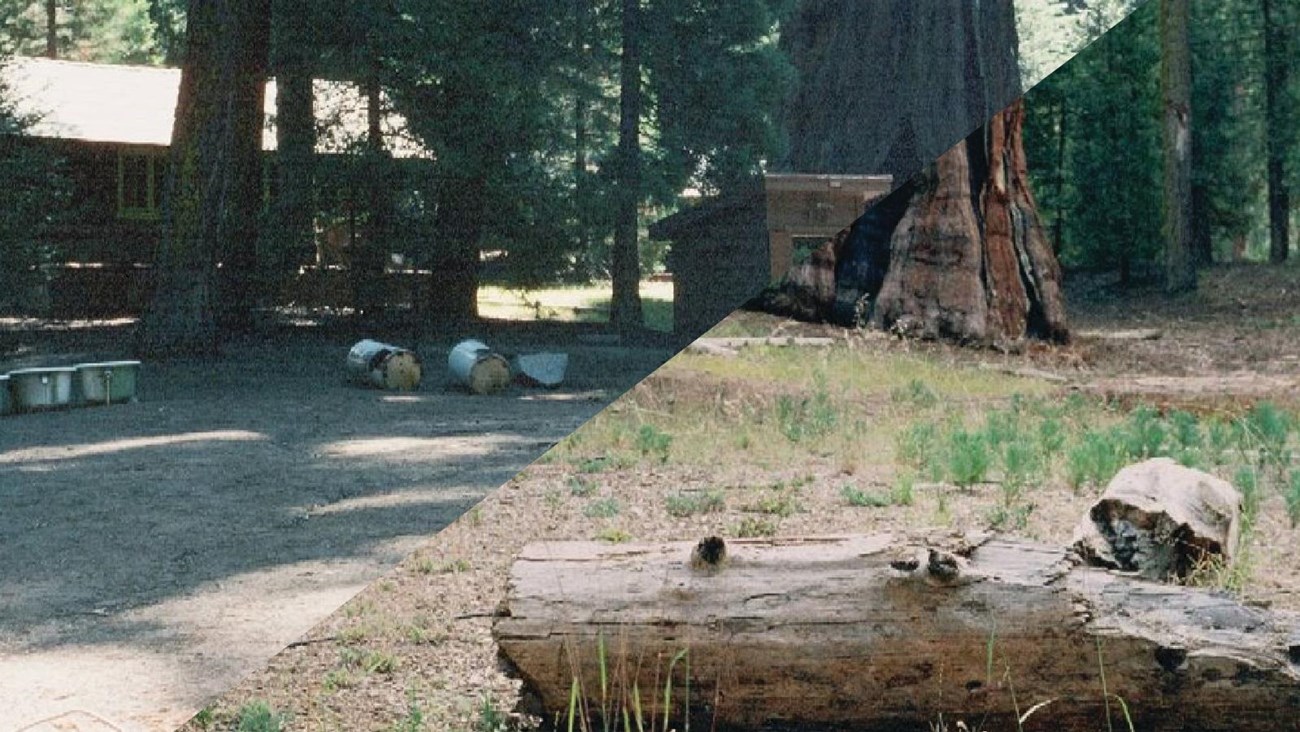
Before and After Photos
Restoration reveals the natural landscape that was obscured by buildings 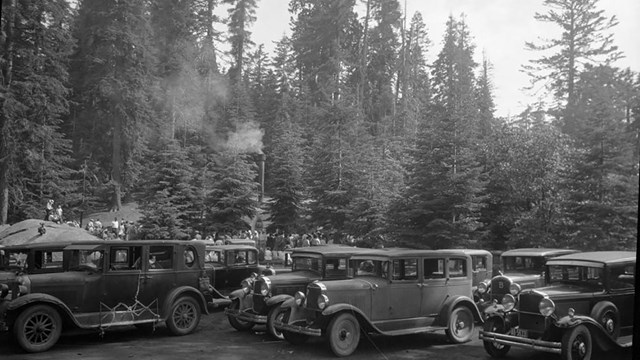
Giant Forest Development History
Learn about the long history of human use and development of the Giant Forest. 
Impact of Development
Gain an understanding of how development has impacted the Giant Forest. 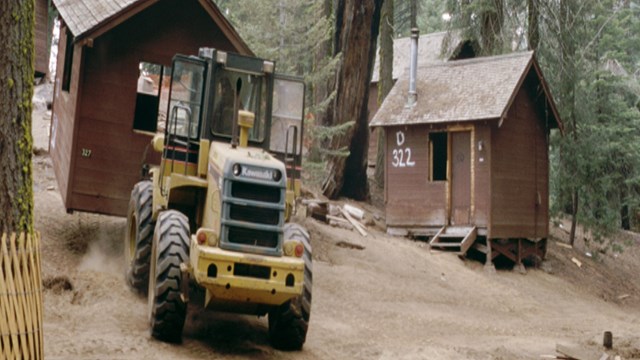
Demolishing Development
Check out how contractors demolished buildings without causing new damage to vegetation. 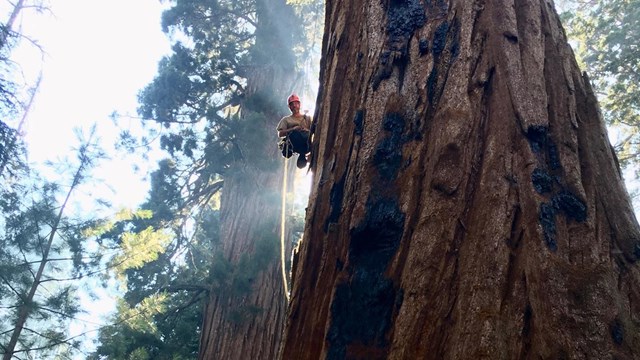
Ecological Restoration Overview
Explore how the park assists in the recovery and management of ecological integrity. 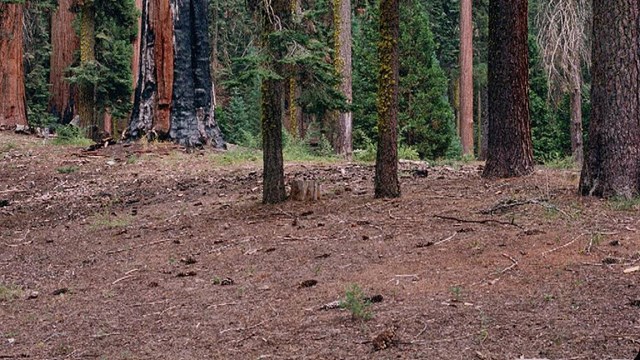
Restoring Landforms and Soils
Discover how ecologists restored the landscape of the Giant Forest. 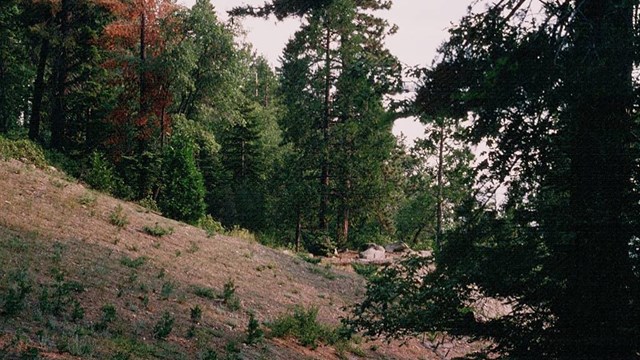
Restoring Vegetation
Learn about the regeneration of vegetation throughout the Giant Forest. 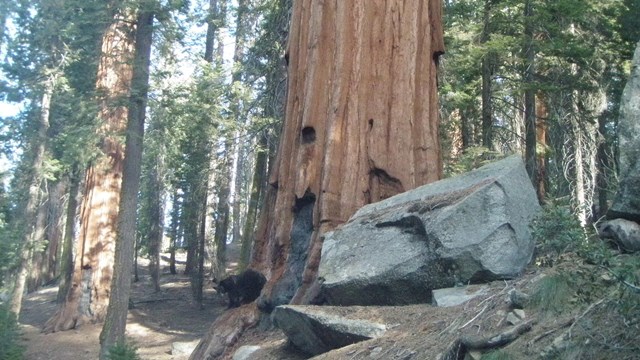
The Sequoia Ecosystem
Discover the importance of sequoias to the ecosystem. 
Mature Sequoias
Learn about the survival and growth rate of mature sequoias. 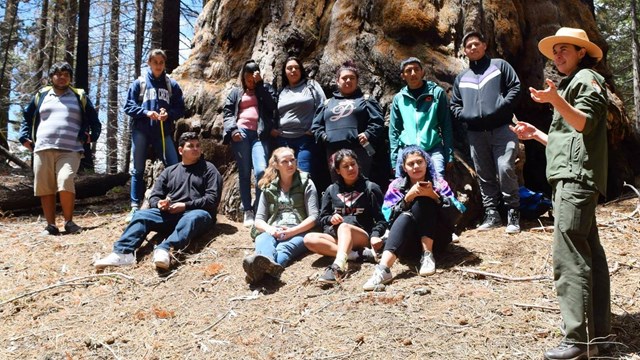
The Visitor Experience
Explore these ancient life forms and their role in the ecosystem. |
Last updated: September 21, 2023
